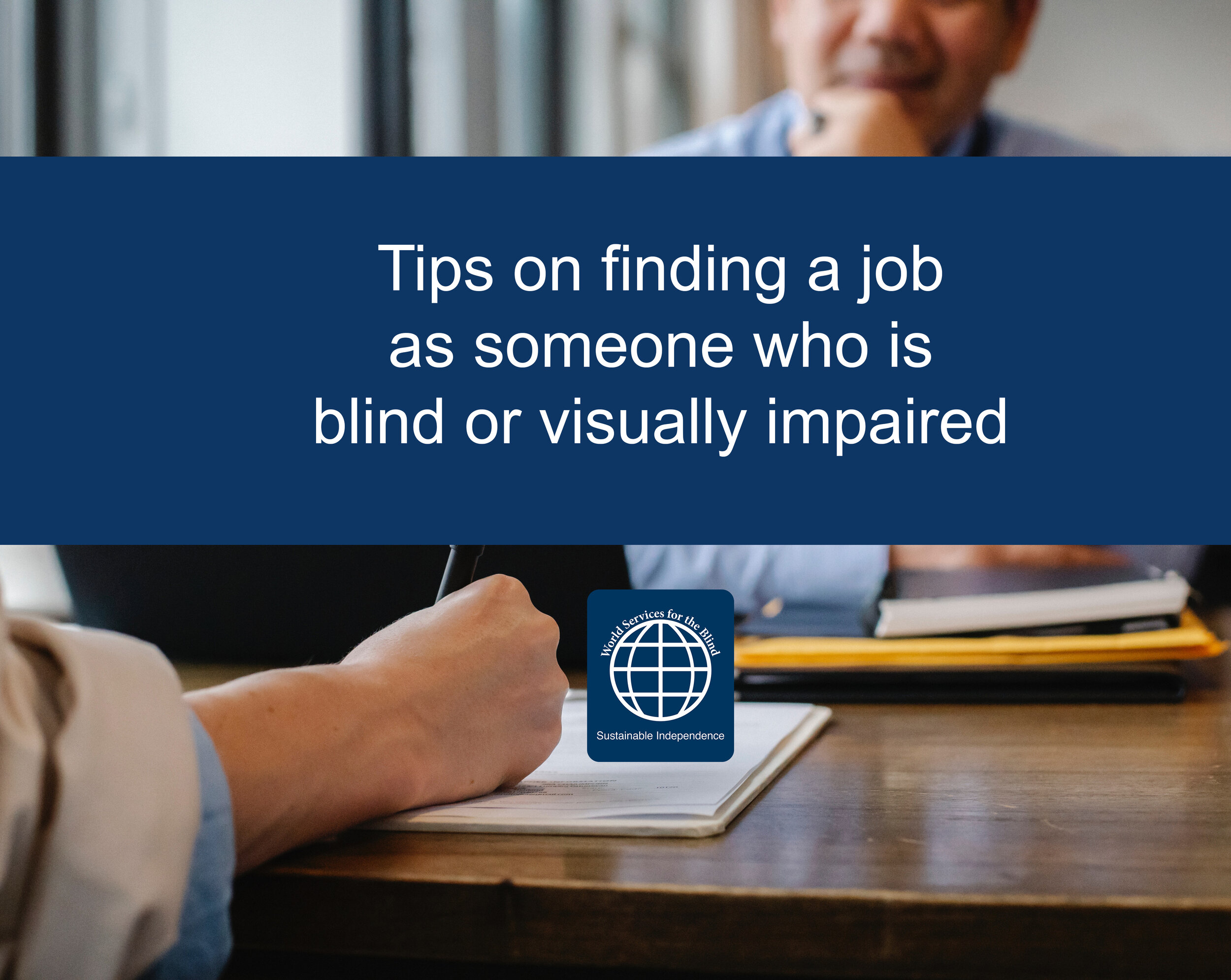6 Facts about Braille for Braille Literacy Month
/image overlooking someone reading braille with white text “Fun facts about Braille for Braille Literacy Month by World Services for the Blind
6 Facts about Braille that might surprise you | Braille Literacy Month
January is Braille Literacy Month and we wanted to share a few fun facts about braille, whether you are an avid braille user or know nothing about the code.
1. Braille is not a language
While a lot of people may assume that braille is a language, braille is actually a code. It uses symbols that can be used in many different languages.
2. Only about 10% of those who are legally blind use braille daily.
This is a drastic change to what it used to be for the literacy of braille users. In the 1960s, 50% of those who were legally blind were braille users. But with the advancements in technology, including smartphones, braille is becoming less common. But at WSB, we recognize the importance and significance of braille. We want to highlight the significance of it for the blind community!
Our Braille Instructor Meranda reflects on the importance of braille:
"Just like with a sighted person, listening to something is not the same as reading it. When you read with your eyes, or in my case my fingers, you pick up grammar and spelling. Before learning braille I was a really bad speller and used a lot of punctuation incorrectly. Through learning braille, I picked up on this and started correcting them on my own. Without braille I would still be making those same mistakes. Most importantly, it gives me back my independence. I can read a menu, signs for a building, buttons in an elevator, or connecting a braille display to my phone to communicate in private again." Meranda Walter, WSB Braille Instructor
3. There is a different type of braille used for math
Nemeth code is the standard code used for math and science.
4. There is a braille font
Swell Braille is used when you need something typed out in braille, for example, a 3D printer. We even added some Swell Braille font to the image of this blog post in the righthand corner!
5. There are two kinds of braille
The two types of braille include Grade 1 and Grade 2 – or uncontracted and contracted braille. Grade 2 braille is Literary braille, using “shortcuts” of letters where one letter might represent a word. Contacted braille allows for books to be smaller when printed, although they are still lengthy compared to printed books!
6. Braille is becoming more common for consumers
While the users of braille may be smaller, there are more companies who are including tactile and braille code into their products! From Herbal Essences adding taHerbal Essences adding tactile markers to their bottlesbraille there are a lot of products making their products accessible for the blind and visually impaired.








